5 Biggest and Magnificent Sailing Ships of All Time
Ships with sails were the vogue in the bygone days. Technology in the form of engines surpassed these marine marvels, with better speed and thereby higher efficiency.
However, even though their utility value diminished their novelty and uniqueness still continues to linger. Over the years, many replicas of sailing ships have been created.
Some of these replicas are used as cruise vessels while some just provide a feel of the years-long gone by.
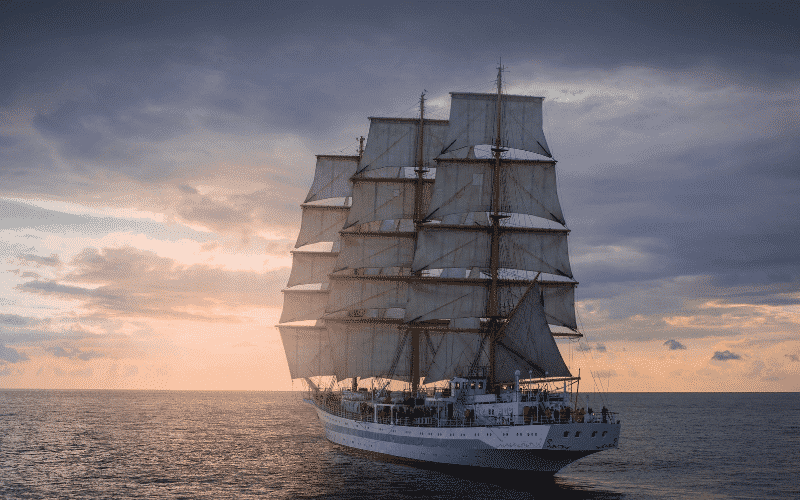
Detailed below is a compilation of five of the biggest ships with sails of all time which would help in providing a better insight into these unparallel vessels:
1. Barque Sedov
Originally known as the Magdalene Vinnen II, the sailing ship was built in Germany in 1921 and was mainly used as a cargo ship until the year 1936 in which she was converted into a naval training vessel.
After the Second World War, she was handed over to the Soviet navy and her name was changed to Sedov after the famous Soviet explorer Georgy Sedov. The most unique aspect about the Sedov is that at the time of construction, in addition to the four sailing steel masts, it had an ancillary engine built.
At present after nearly 90 years past her construction, the Sedov is still in operation and is used as a training vessel for cadets from the Russian universities of St. Petersburg and Murmansk. The biggest sailing ship is also a participant in many of the tall sailing ships’ races held across the world.
2. Royal Clipper
The Royal Clipper is a cruise ship that is built on the lines of the Preussen – a five mast sail ship that was built in the year 1902. At present, the Royal Clipper is regarded to be the world’s largest sailing ship with five masts that are rigged fully.
The cruise ship offers a Mediterranean cruise during the summer while offering a Caribbean cruise during the winter. As one of the tall sailing ships, the Royal Clipper finds a place in the esteemed Guinness Book of World Records as the biggest sailing ship with squarely rigged masts.
3. Preussen
The German ship Preussen was the largest sailing ship wonder at the time of its launch at the start of the 20th century. Artistically ingenious, the ship’s hull was made of steel and was powered by five fully rigged masts. At that time, the sailing ship boasted of being the only vessel to have five masts with fully rigged sails.
Used as a cargo ship to transport nitrate in the South American continent, the Preussen with an untimely end when a Brighton – a steamer ran it down.
4. Juan Sebastian Elcano
Also known as the Juan Sebastian de Elcano, the schooner was built in the year 1927 and is third among the world’s tall sailing ships.
Named after Juan Sebastian Elcano, the man who commandeered the fleet during Ferdinand Magellan’s last expedition, the ship sail is presently used as a training vessel for the Spanish Royal naval forces. A steel-hulled four-mast sail ship, the Juan Sebastian Elcano is a very popular ship with sails.
5. Thomas W. Lawson
Built by the Fore River Ship and Engine Co. based in Massachusetts in the year 1901, the Thomas W. Lawson was a seven-mast schooner used mainly for the purpose of hauling coal and oil by the Eastern Coast of the United States.
However on account of the huge size and bulk of the ship, in her later years, she was used only for the purpose of oil cargo transportation and was regarded as the first sailing tanker vessel in the world.
Thomas W. Lawson formed a very important role in the sail ships of its era because of the fact that it was operated without the support of any ancillary engines.
A storm on the island of Scilly caused the ship to be destroyed beyond repair and 16 crew members from the original total of 18 lost their lives in the accident.
These ships with sails are an important part of the world’s marine heritage. Over the years, many further developments will take place which will carve many innovations to the existing marine pool of vessels but it would be difficult to pinpoint how much these developments will affect the inheritance passed on by these biggest sailing vessels.
You may also like to read-The History of Ships: Ancient Maritime World
12 Sailing Books For Beginners
Disclaimer: The authors’ views expressed in this article do not necessarily reflect the views of Marine Insight. Data and charts, if used, in the article have been sourced from available information and have not been authenticated by any statutory authority. The author and Marine Insight do not claim it to be accurate nor accept any responsibility for the same. The views constitute only the opinions and do not constitute any guidelines or recommendations on any course of action to be followed by the reader.
Do you have info to share with us ? Suggest a correction
Latest Type Of Ships Articles You Would Like:
About Author
Marine Insight News Network is a premier source for up-to-date, comprehensive, and insightful coverage of the maritime industry. Dedicated to offering the latest news, trends, and analyses in shipping, marine technology, regulations, and global maritime affairs, Marine Insight News Network prides itself on delivering accurate, engaging, and relevant information.

About Author
Marine Insight News Network is a premier source for up-to-date, comprehensive, and insightful coverage of the maritime industry. Dedicated to offering the latest news, trends, and analyses in shipping, marine technology, regulations, and global maritime affairs, Marine Insight News Network prides itself on delivering accurate, engaging, and relevant information.
Subscribe To Our Newsletters
By subscribing, you agree to our Privacy Policy and may receive occasional deal communications; you can unsubscribe anytime.



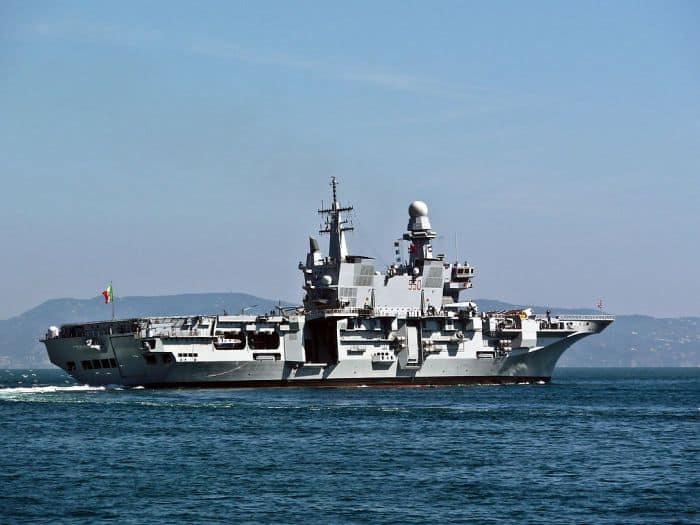
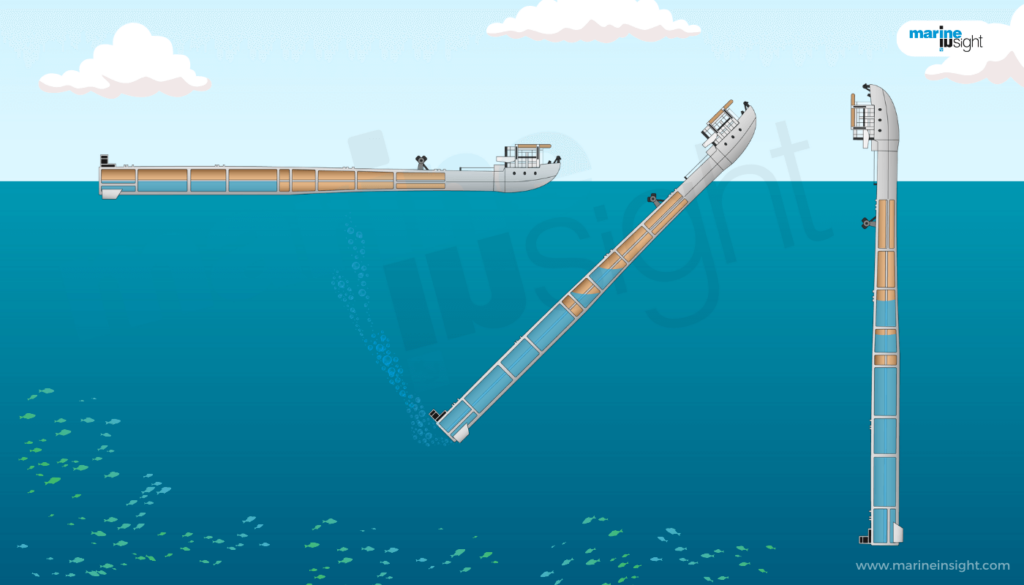
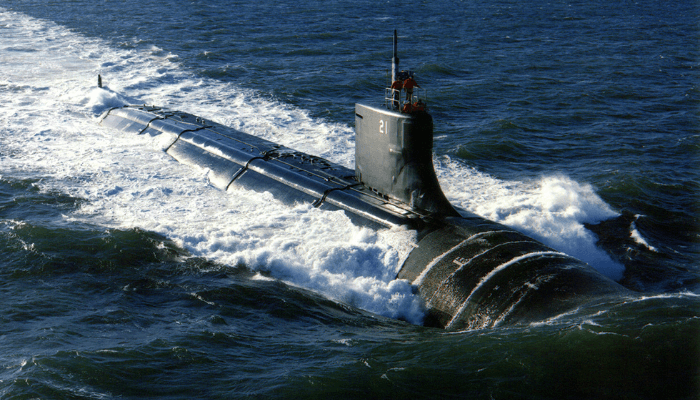
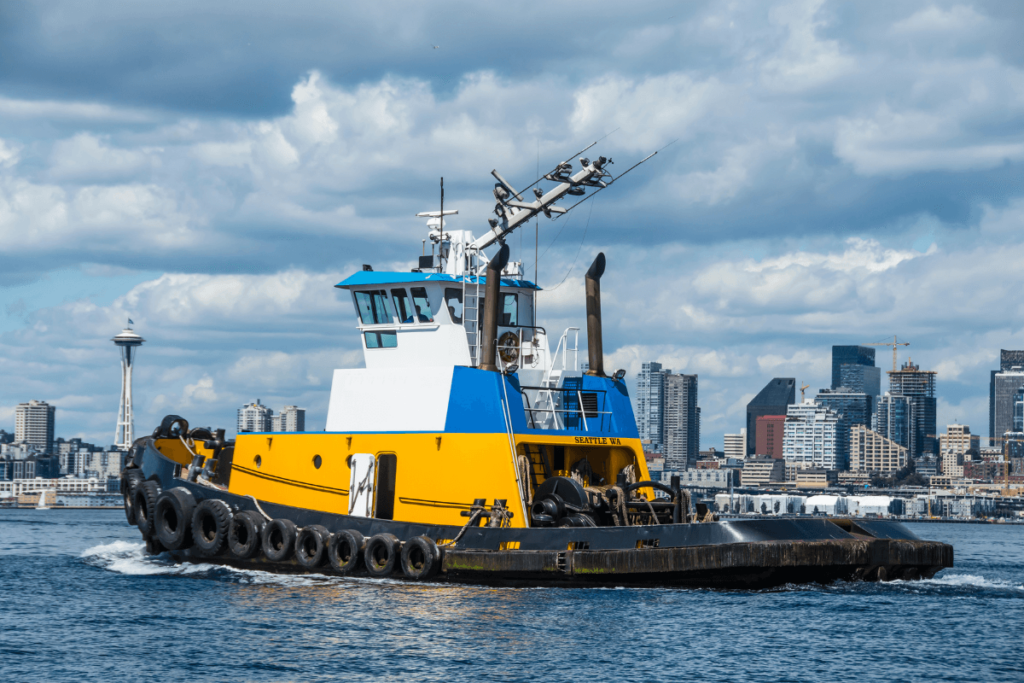
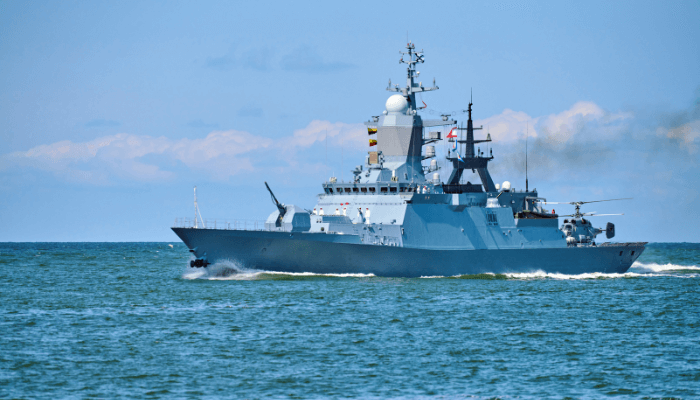
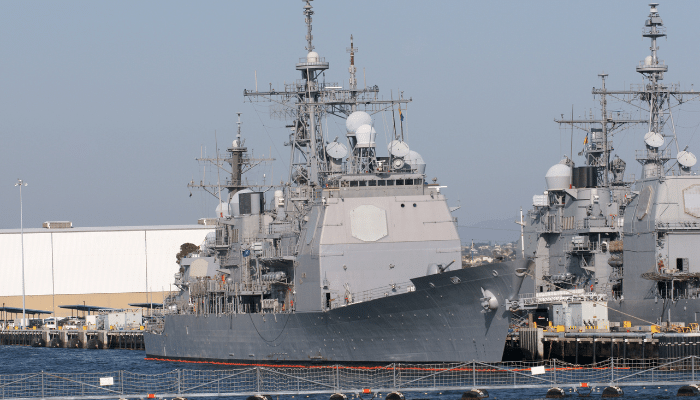

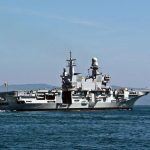
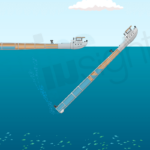
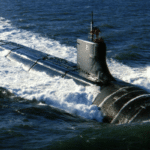
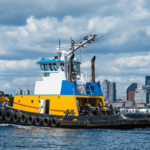
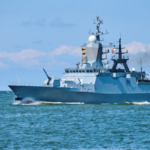
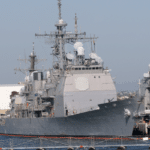
I have this 10 x 13 signed photograph of the ‘2nd’ Preussen (there was 2), with a handwritten copyright dated 1929, in mint condition. It would be interesting to find out its value.